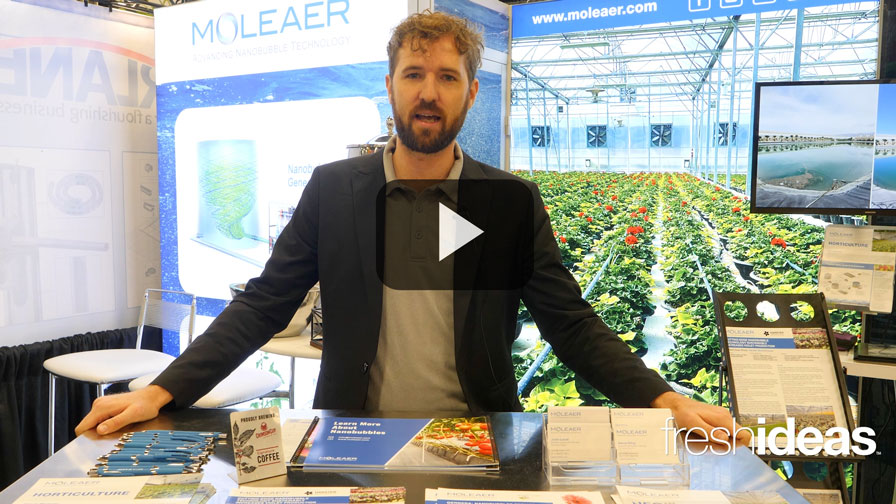Small Steps Will Lead To Big Results In 2016
 There’s a great YouTube video that helps you grasp the size of our planets, the sun and other objects in the known universe. The video starts with a rotating moon filling the screen. You can see the curve of another rotating globe to the left edge. As the “camera” pulls back, you see Mercury, which looks like it’s double the size of the moon. This continues on through the planets in our solar system, then on to stars. Each newly revealed planet is considerably larger, making you realize how much Earth dominates Mars. The jump from Earth to Neptune is especially startling. It’s so much bigger. Same goes for Saturn in comparison to Jupiter. Then stars get thrown in, and it’s hard to keep the size of Earth — much less the moon and Mercury — in mind.
There’s a great YouTube video that helps you grasp the size of our planets, the sun and other objects in the known universe. The video starts with a rotating moon filling the screen. You can see the curve of another rotating globe to the left edge. As the “camera” pulls back, you see Mercury, which looks like it’s double the size of the moon. This continues on through the planets in our solar system, then on to stars. Each newly revealed planet is considerably larger, making you realize how much Earth dominates Mars. The jump from Earth to Neptune is especially startling. It’s so much bigger. Same goes for Saturn in comparison to Jupiter. Then stars get thrown in, and it’s hard to keep the size of Earth — much less the moon and Mercury — in mind.
Every business owner needs to think about the big picture on a regular basis. It’s important to see how a greenhouse, a winery or a garden center fits in with consumers’ overall lives and in the industry as a whole. And it’s important to let that understanding inform any decisions on your business’ future. But that 30,000-foot view can create its own barrier. How do you take that perspective and create a reasonable plan that affects how customers experience a garden shop or how drivers communicate with clients? How do you figure out what the moon looks like when you’re looking at a red hypergiant star?
I’ve been sitting in an almost overwhelming number of brainstorming sessions the past few months, both within my company and on industry boards. So this is an issue I’m personally wrestling with.
Brainstorming challenges you to pool industry conditions, customer needs, your own goals and trends and come up with a plan of action that makes sense. It’s a messy process and often uncomfortable. What you want to do and what customers and consumers want to do can be at odds. I have twisted myself into mental pretzels trying to find solutions that respect all the players involved.
When you start with lofty goals and consider all the various trends that can have an impact, whatever actions you take can feel shallow and inadequate. It’s like that planet and stars video in reverse. The moon is unimaginably puny compared to the final red hypergiant, but it still profoundly affects life on Earth through tides, the Earth’s crust, and, to some extent, weather and climate. But I still find it difficult sometimes to begin narrowing my focus when I have a big goal.
And that’s because anytime you focus on results, you begin editing out other options, sometimes important ones. It feels as if I’m betraying all those wonderful possibilities I spent time developing by narrowing my focus. I question if I’m taking the right steps.
The reality, though, those big ideas mean absolutely nothing if they aren’t acted upon. The danger is that you can allow yourself to be help captive by indecision and end up doing nothing. And for managers and owners, there are fewer things worse than getting to that point. To start with lofty discussions and goals about what you can do next year, only to let yourself be soothed by familiar routines that do nothing to change your course, it’s demoralizing.
Get Comfortable With Change
The keep-the-course retail method isn’t something a modern garden retailer can afford to do. We are in the midst of some big shifts in garden spending, shopping habits, retail technology and several other trends that will fundamentally change what it means to be a garden retailer.
Luckily, successfully changing a company to respond to those trends isn’t done in one fell swoop. It’s done one step at a time.
Roger’s Gardens in Corona Del Mar, Calif., has a method of incremental change that has transformed the store from where it was 10 years ago. The core character of the store that appeals to customers is still there, but the types of services it offers and products it carries has responded to changing trends.
A great example of one of the changes it implemented is its California Friendly program, which helps consumers embrace the dry California climate with gorgeous garden designs that use water-conscious irrigation methods. In the current drought and amidst the rash of online drought-shaming bullies, its California Friendly message has been in place long enough that Roger’s is trusted by its community when it recommends smart irrigation methods.
Another example rolled out not long after it introduced the California Friendly program. Roger’s owner Gavin Herbert and his general manager Ron Vanderhoff began looking at the limits of their location and the needs of their customers and introduced custom services that allow Roger’s to create revenue off site at the customers’ homes. That is a big part of the business today.
While those programs started with a brilliant ideas, their implementation ensured they had the chance to succeed.
Big changes start with those disappointingly limited steps. With the advice of his core team, Herbert creates a list of five goals each year. Only five goals, because to take on more undermines the likelihood anything at all will get done. Vanderhoff then takes Herbert’s goals and adapts those goals through the lens of his own responsibilities. He, too, keeps the goals to only five. Then the rest of the Roger’s core team adapts the goals to their areas of expertise. By engaging the team and finding a way to reach the same goals through so many different approaches year in and year out, those five goals have transformed Roger’s and will continue to do so long into the future.
The 10% Project advisory board embraces a similar philosophy. A guiding principle in how we choose which projects to tackle is to get comfortable with limiting ourselves. There are so many worthy ideas out there. But if we try to do them all, then none of them will end up getting done.
So perhaps the key to great transformation is to make one change at a time, thoroughly and well.










